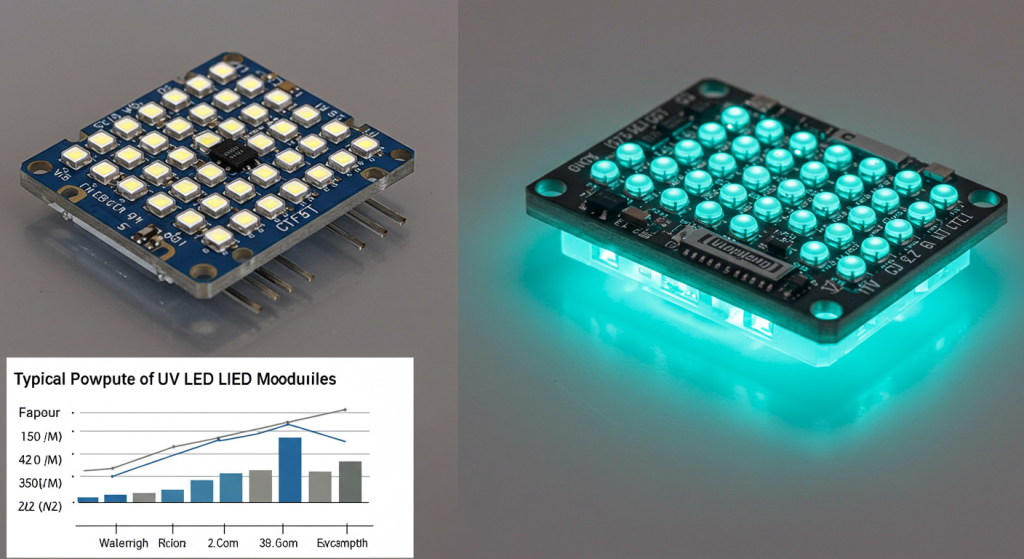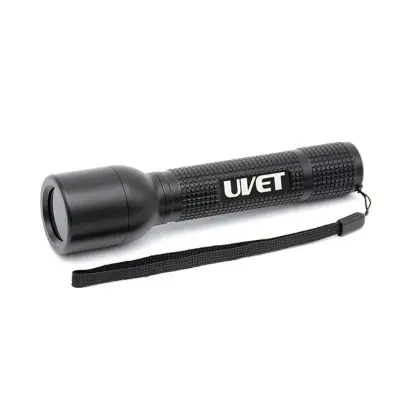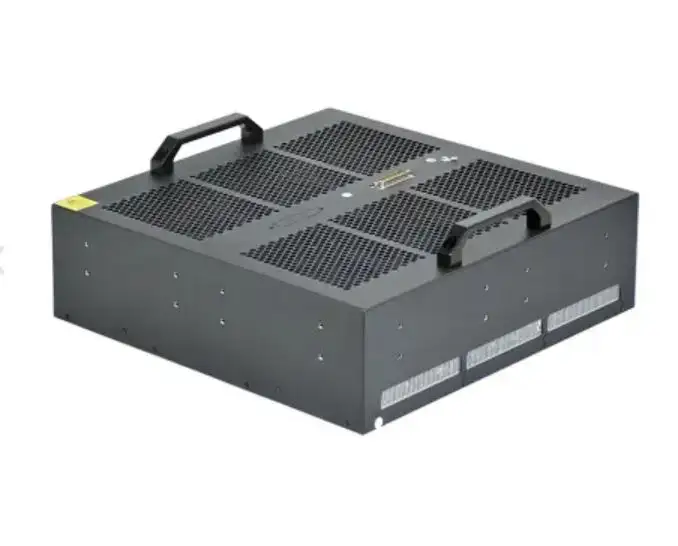What is the Typical Power Output of a UV LED Modules?
What is the Average Power Output of a UV LED Module?
Understanding how much power UV LED modules give off is important in their fast-growing field. Industries ranging from curing and medical sterilization to water purification all require power performance. This article elaborates on real-life statistics, important parameters, and outlooks so you can make educated decisions on UV-LED modules.
UV-LED Modules: What is the Power Output
What is the typical power output of a UV LED modules? Regarding UV-LED modules, their power output ranges anywhere from 1 watts to 100 watts, and in some cases, even higher. These outputs are influenced by the configuration, application, and module type. There are various forms of expression used for measurement, such as:
• Wattage (W) – consumption of electric power
• Radiant Flux (mW or W) – optical or emitted power
• Irradiance (mW/cm² or W/cm²) – power per area (important for curing or disinfection)
Measurement Overview of Radiant Flux and UV LED
1. Radiant Flux
Radiant flux can be measured in milliwatts (mW) or Watts (W). It is the output of light. Light output without distance consideration is called Radiant Flux. The measurement is made without considering the distance of the optical power.
2. Irradiance (mW/cm²)
The energy detected striking a surface is called irradiance. This is crucial in cases like UV adhesive curing, disinfection, and printing. For UVA (365nm) modules, high-quality UV LED irradiance levels are.
- 50–1000 mW/cm²
- UVC (275nm) modules have much lower levels of 2-50 mW/cm² due to lower efficiency.
3. Wattage and Efficiency
With UV LEDs, power ratings are often given in electrical wattage, which is the input figure; however, this does not show usable UV light. Good modules turn 20-40% of input power into UV optical power.
Things the UV LED Module Power Output Can Change
1. Wavelength
• For curing purposes, LEDs with 365nm (UVA) are common and have higher output.
• 275nm (UVC) LEDs are used for disinfection and sterilization but are limited in power due to material constraints.
2. Drive Current and Forward Voltage
Increasing the drive current does enhance output, but it does increase heat dissipation. For LED arrays, the forward voltage is normally 3V to 12V.
3. Heat Management
Overheating can result in the loss of power for UV LEDs. Some modules that use water or air fans tend to have lower temperatures and therefore, a more stable intensity of UV output.
4. LED Lifespan
Modules that are above 10,000 hours are great, especially for important functions like UV sterilization power systems, because the power diminishes over time.

Types of UV LED Modules and Their Outputs
Used for printing, coating, and adhesive application
• Output: 10-100 W
• Irradiance: 500 to 2000 mW/cm²
UV Disinfection Modules
Used in air and water purification systems
• Output: 3-15 W (UVC range)
• Irradiance: 2-30 mW/cm²
Sterilization Modules
For medical surface or equipment disinfection
• Output: 1-10 W
• Concentrated deep (UVC) power levels
Compact UV LED Modules
Used in portable or integrated systems
• Output: 0.5 – 5 W
• Small-scale or personal disinfecting devices
Common Applications and Power Needs
Curing Power Output
• Inks, coatings, and resins require high-power UVA modules. (365nm)
• Best irradiance: 800–1200 mW/cm²
Power Requirements for Disinfection
• For air and water sanitization, UVC modules (275nm)
• Typical output: 2–15 mW/cm² at different ranges
Printing UV LED Power and Wattage
• Medium to high-power UVA modules used
• Optical Power: 20–60W with aimed optics
Water Purification Using UV LEDs
• UVC LEDs (265–280nm)
• Effective sterilization power: 5–30 mW/cm²
Air Sterilization Module Power
• Preferred 275nm UVC LEDs
• Irradiance: 2–10 mW/cm² in ducts
Curing with UV for Printing on Packaging
• High-speed curing with UVA arrays (385–405nm)
• Produces: 60–120 W optical power
UV Output for Surface Decontamination
• Makes use of UVC modules (275nm)
• Target irradiance: 10–20 mW/cm²
Electronics Conformal Coating
• Uses 365nm UVA modules with collimated optics
• Typical output: 800–1500 mW/cm²
Selecting Proper Power for UV LED Module
It is not a one-size-fits-all. Using only wattage is insufficient. It is important to look into how the performance works with the specific goal. Every application has needs and requirements different from other applications. Hence, confidence can be achieved only if the objective is confirmed to have been met.
1. Choosing Application Type
Finding the core application is a good starting point.
• UV curing for inks and adhesives uses high-intensity UVA (365–395nm) modules
• When it comes to air, water, and surface UV disinfection or sterilization, lower wavelength UVC LEDs (260-280nm) are appropriate.
2. Required Irradiance at Target Distance
Always give the required irradiance (mW/cm²) measurement at the working surface. For curing, it’s generally over 800 mW/cm². For disinfection, with the right approach, 5-15 mW/cm² irradiance works.
3. Cooling Method
Appropriate thermal management systems are crucial for high-power UV LED modules.
• Air-cooled modules are best suited for portable systems.
• Water-cooled modules are optimal for high continuous operational output.
4. Form Factor & Integration
The module outline and layout influence shape, mounting, and ease of integration. Mounting arrays enable broader coverage, and COBs provide compact intensity.
5. Power Density & Efficiency
Consider power density per W/cm² or mW/cm². Also, consider how efficiently a specific UV LED is working (optically vs. electrically).
Measuring Power Output of UV LED
1. UV Radiometer
Measuring surface irradiance (mW/cm²) requires a calibration reference, which makes this measurement important.
2. Spectral Power Meter
This tool confirms the actual spectral output of the UV light by measuring the output at specific UV wavelengths.
3. Multimeter with Current Monitoring
This tool helps in measuring electrical wattage alongside the efficiency of the UV LED, making it doubly helpful.
Conclusion
What is the typical power output of a UV LED modules? From your perspective, what would you consider the average power output from a UV LED module? It does vary, but now you know what factors to look out for. The balance for all these devices ranges from low-power UVC sterilization units to high-power UV curing systems lies in meeting the irradiance requirements for the application, the type of cooling and configuration used, and efficiency, wavelength, and degradation. Need more help finding the perfect module? We would be happy to help you out at UVET and guide you through your UV LED journey






